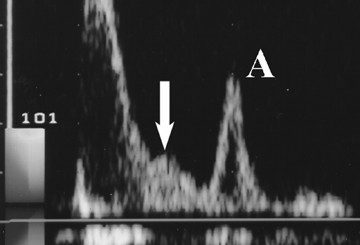Nephrology MCQs-11
Contents
- 1 Nephrogenic systemic fibrosis is likelyto occur in patients with renal impairment who has undergone
- 2 Which of the following Gadolinium-based contrast agents is categorized as very low risk for associated risk of Nephrogenic systemic fibrosis
- 3 All are TRUE about Nephrogenic systemic fibrosis EXCEPT
- 4 ALL are TRUE for Macrocyclic Gadolinium contrast agents in MRI EXCEPT
- 5 The ACR has divided gadolinium-based contrast agents into three groups depending on the risk of nephrogenic systemic fibrosis
- 6 Group I (greatest number of reported nephrogenic systemic fibrosis cases)
- 7 Group II (few, if any, cases of nephrogenic systemic fibrosis)
- 8 Group III (few, if any cases of nephrogenic systemic fibrosis but limited data available)
Nephrogenic systemic fibrosis is likelyto occur in patients with renal impairment who has undergone
A. CT Scan
B. MRI Scan
C. Contrast-enhanced ultrasonography
D. PET Scan
Which of the following Gadolinium-based contrast agents is categorized as very low risk for associated risk of Nephrogenic systemic fibrosis
A. Gadodiamide
B. Gadopentetate dimeglumine
C. Gadoversetamide
D. Gadobutrol
All are TRUE about Nephrogenic systemic fibrosis EXCEPT
A. Typically involves the dermis in the extremities symmetrically
B. Commonest site of involvement is face
C. Skin lesions are hyperpigmented
D. Skin is primarily involved
ALL are TRUE for Macrocyclic Gadolinium contrast agents in MRI EXCEPT
A. Less chemical instability than linear agents
B. Lower risk of nephrogenic systemic fibrosis
C. Lower gadolinium deposition
D. Lower risk of allergic reactions
The ACR has divided gadolinium-based contrast agents into three groups depending on the risk of nephrogenic systemic fibrosis
Group I (greatest number of reported nephrogenic systemic fibrosis cases)
- gadodiamide (Omniscan)
- gadopentetate dimeglumine (Magnevist)
- gadoversetamide (OptiMARK)
Group II (few, if any, cases of nephrogenic systemic fibrosis)
- gadobenate dimeglumine (MultiHance)
- gadobutrol (Gadovist, Gadavist)
- gadoterate meglumine (Dotarem, Clariscan)
- gadoteridol (ProHance)
Group III (few, if any cases of nephrogenic systemic fibrosis but limited data available)
- gadoxetate disodium (Eovist, Primovist )





